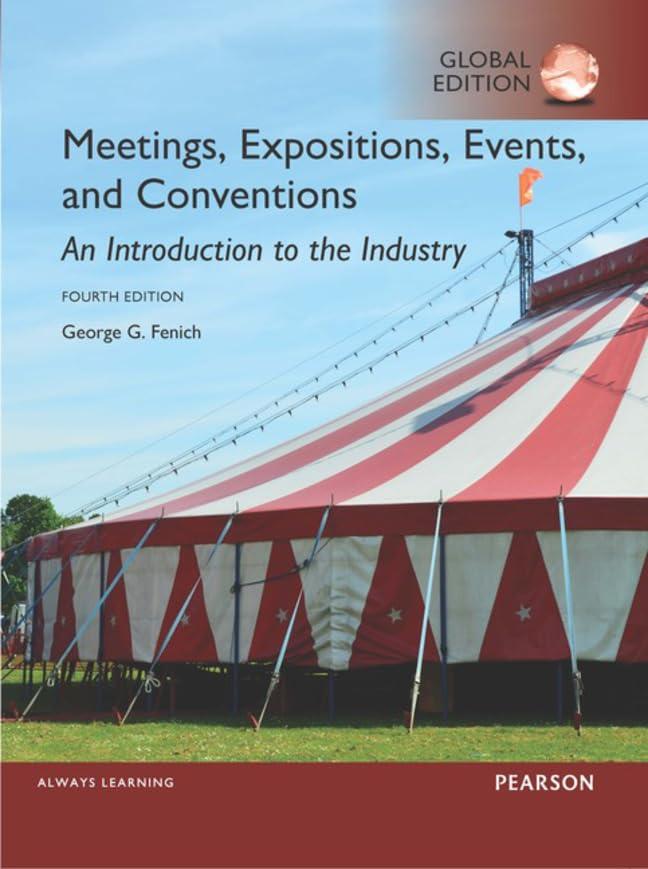The balance sheet provides a snapshot of the financial condition of a company. Investors and analysts use the information given on the balance sheet and other financial statements to make several interpretations regarding the company's financial condition and performance. Cute Camel Woodcraft Company is a hypothetical company. Suppose it has the following balance sheet items reported at the end of its first year of operation. For the second year, some parts are still incomplete. Use the information given to complete the balance sheet. Cute Camel Woodcraft CompanyBalance Sheet for Year Ending December 31 (Millions of dollars) Year 2 Year 1 Year 2 Year 1 Assets Liabilities and equity Current assets: Current liabilities: Cash and equivalents $5,535 Accounts payable $0 $0 Accounts receivable 2,531 2,025 Accruals 352 0 Inventories 7,425 5,940 Notes payable 1,992 1,875 Total current assets $16,875 $13,500 Total current liabilities $1,875 Net fixed assets: Long term debt 7,031 5,625 Net plant and equipment $16,500 Total debt $9,375 $7,500 Common equity: Common stock 18,281 14,625 Retained earnings 7,875 03: Financial Statements, Cash Flow, and Taxes 54:52 $22,500 Total common equity Total liabilities and equity $28,125 $37,500 Total assets $37,500 $30,000 $30,000 Given the information in the preceding balance sheet-and assuming that Cute Camel Woodcraft Company has 50 million shares of common stock outstanding-read each of the following statements, then identify the selection that best interprets the information conveyed by the balance sheet. Statement #1:Cute Camel's pool of relatively liquid assets, which are available to support the company's current and future sales, decreased from Year 1 to Year 2. This statement is . because: O Cute Camel's total current liabilities balance decreased by $3,375 million between Year 1 and Year 2 Cute Camel's total current asset balance actually increased from $13,500 million to $16,875 million between Year 1 and Year 2 O Cute Camel's total current liabilities balance increased from $2,025 million to $2,531 million between Year 1 and Year 2








